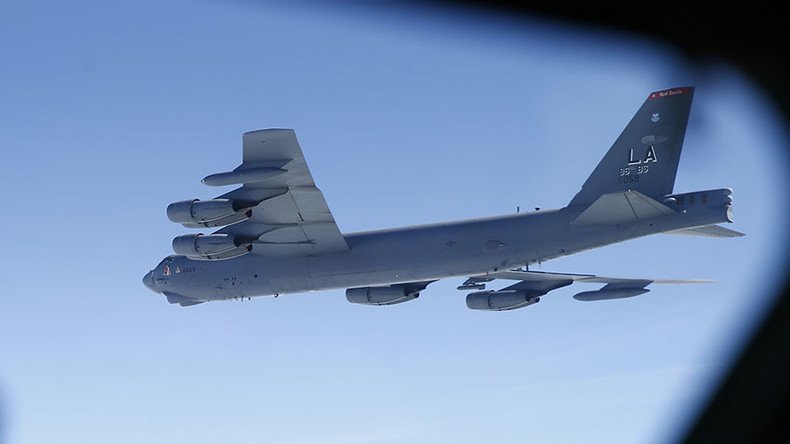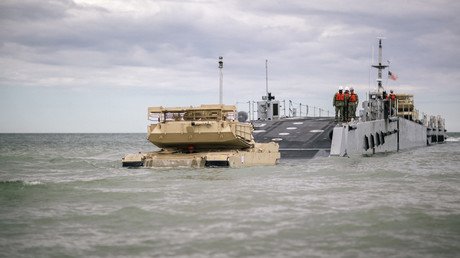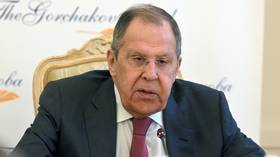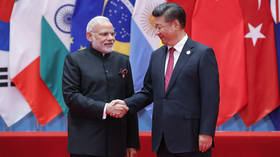Russian Su-27 intercepts US B-52 bomber over Baltic – Moscow

A Russian Su-27 fighter jet was deployed to intercept a US B-52 strategic bomber over the Baltic Sea, and in a separate incident hours later, a MiG-31 intercepted a Norwegian warplane approaching Russian airspace near the Barents Sea.
Russia’s air defense detected the aircraft on Tuesday morning at around 7:00 GMT, the statement said. The Su-27 of the Russian Baltic Fleet was deployed in response and shadowed the American aircraft after identifying it, as the bomber was flying in neutral airspace over the Baltic Sea along the border, the ministry said.
After the American warplane left the airspace near Russia, the Russian fighter jet returned to its base of deployment, the statement said.
Pentagon spokesman Jeff Davis, cited by Fox News, said that the US plane was engaged in a "routine mission" and insisted that the "vast majority" of intercepts are absolutely safe.
Norwegian plane intercepted
Later on Tuesday, Russia scrambled a MiG-31 to intercept what it then “visually identified” as an anti-submarine P-3 Orion belonging to the Royal Norwegian Air Force, which was traveling over neutral waters along the Russian border over the Barents Sea with transponders switched off.
The Russian Ministry of Defense said the interceptor escorted the foreign aircraft, which changed its course and turned away from the border, before the MiG-31 returned to base. The mission is a standard response to craft without transponders approaching Russian airspace.
The Norwegian Ministry of Defense has said that there was nothing illegal or unusual about either the flight itself, or a military plane not using a transponder, which helps radars identify and locate an aircraft mid-flight.
"There has been a Norwegian Orion in the area, which happens several times a week. It was flying in international airspace," Norwegian armed forces spokesman Lieutenant Colonel Ivar Moen told Reuters. "It was identified as normal by Russian fighter jets, in the same way Norwegian forces identify Russian planes."
Russia and NATO have long negotiated over the voluntary use of transponders for military flights over sensitive areas, and while there have been partial and informal arrangements in places, such as the Baltics, no overarching agreements exist.
The intercept comes amid NATO’s continued string of training exercises near the Russian border. The defense block is currently conducting one of the biggest drills this year in Romania, with another to take place in Estonia. The alliance claims it is necessary to build confidence among member states in Eastern Europe and the Baltic in the face of the alleged threat from Russia.
Moscow has repeatedly criticized what it sees as growing anti-Russia hysteria in Europe and considers the military build-up near its borders a threat to its national security. It accused NATO of fearmongering to justify bigger defense spending by allies.














